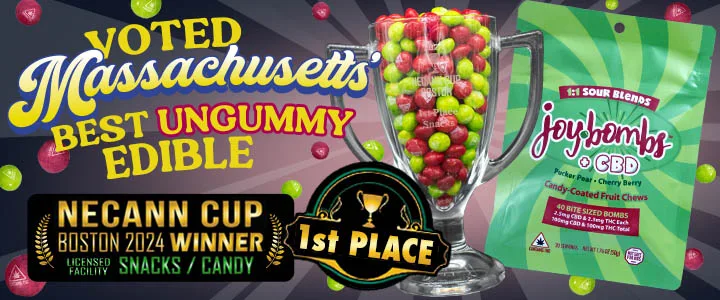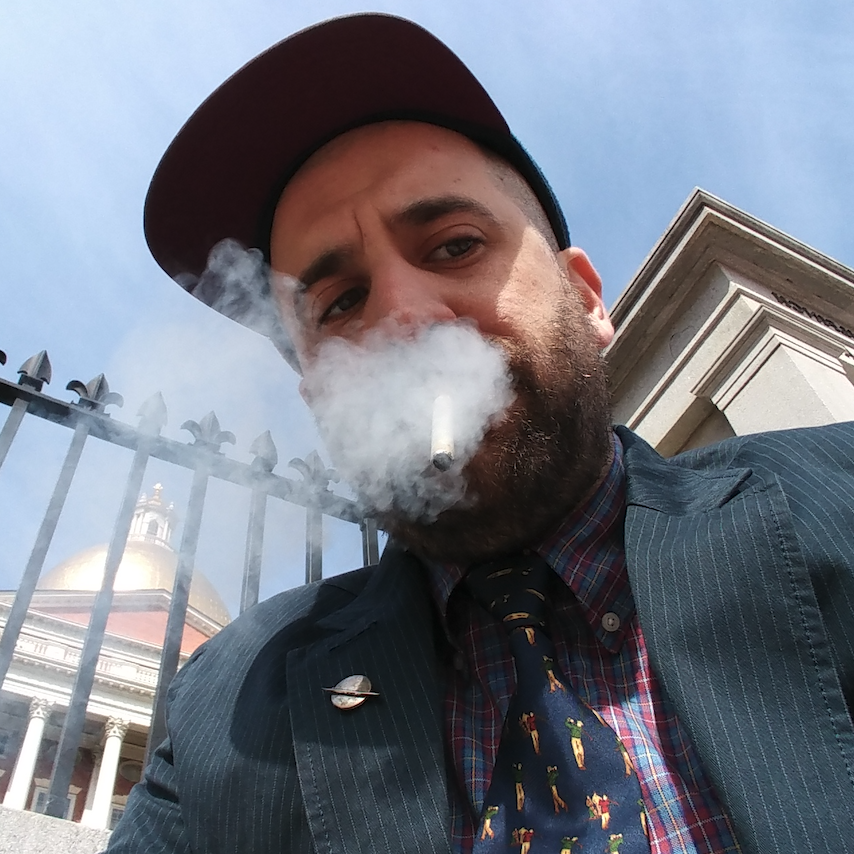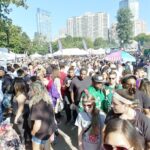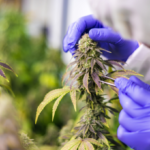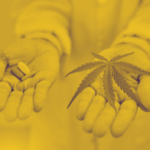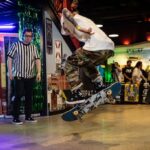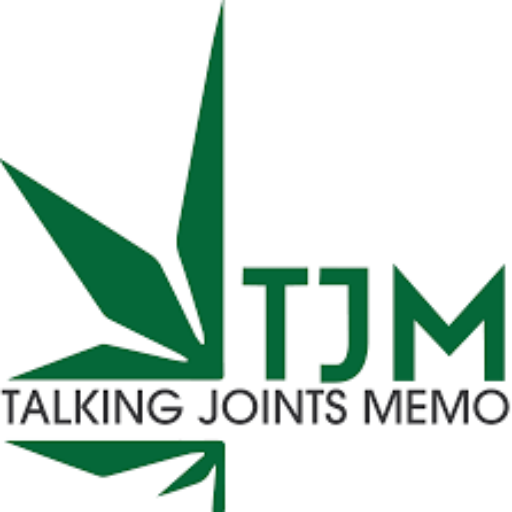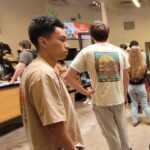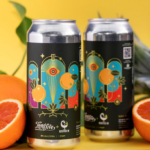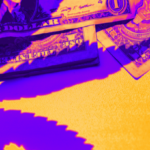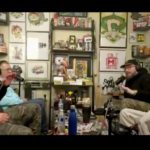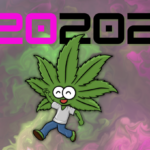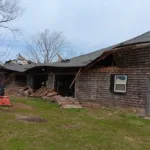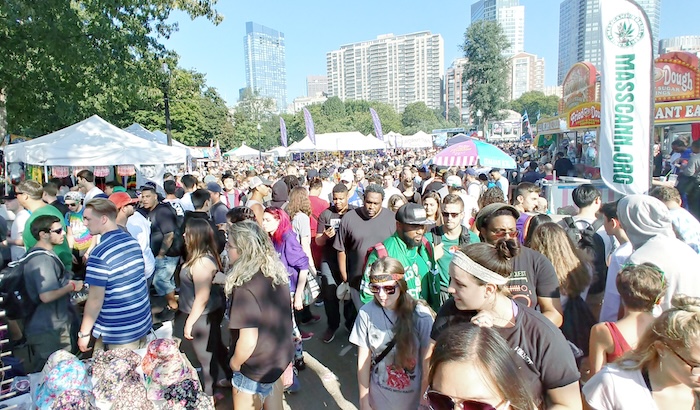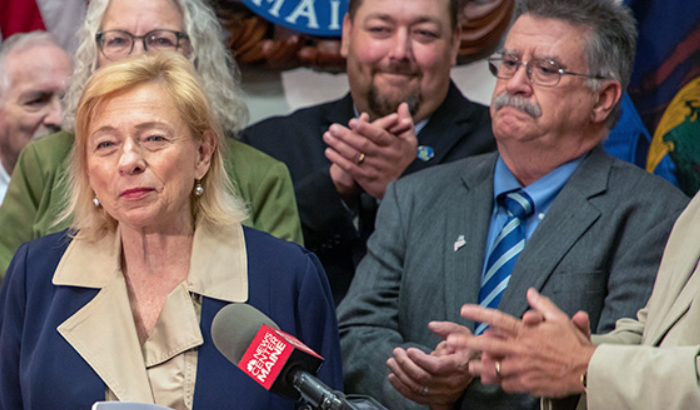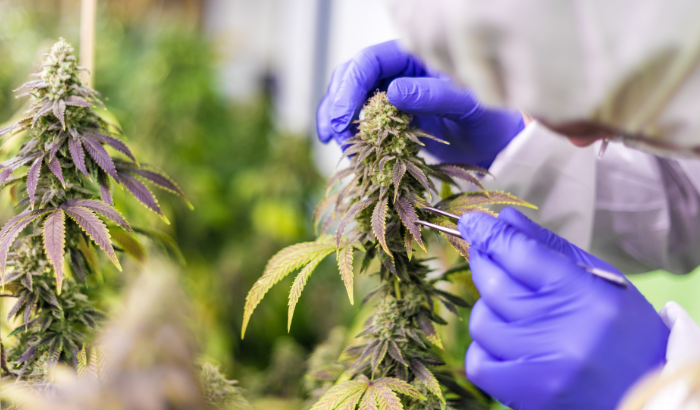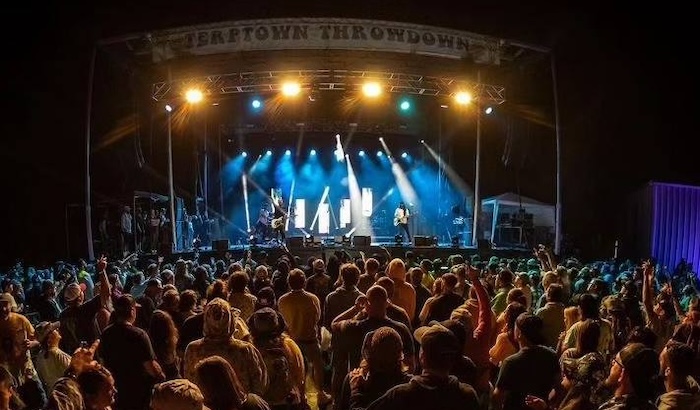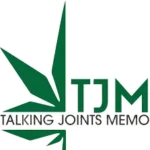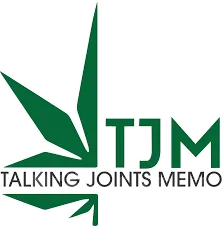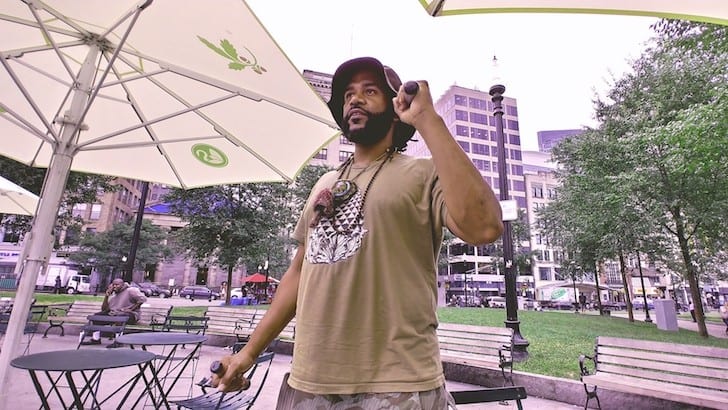
From Aikido, to cannabis, to ayahuasca, Hub healer looks to holistic alternatives
Subscribe to our cannabis newsletter for headlines, job listings, and event info at talkingjointsmemo.com
Within 30 seconds of my meetup with the Beantown Ghetto Shaman on the Common last month, he broke down the history of natural Brazilian tobacco and explained how he utilizes it along with tree ash in his healing practice.
Within a minute of our congregation for this interview, he told me that he has a history in martial arts and experience with ayahuasca.
By the 10-minute mark of our chat, it was crystal clear how the Hub’s Beantown Ghetto Shaman, known to friends and family as Duli Wilkins, earned his holistic-minded moniker.
Where did this all come from? When did your spiritual journey begin?
It came organically. I used to get teased in school for saying I remember being in my mother’s stomach.
Where did you go to school?
I was at the Trotter in Roxbury, but I got thrown out for skipping school in the first and second grade. Back then, in the ’80s, Boston was a very different place. They didn’t have a fence at recess, so I would just walk off. Now that I’m an adult, it’s scary having children and thinking about that. And they never called my grandmother to let her know I was missing from school.
I thought I was Spider-Man too; I wasn’t in class, I was trying to climb through vents and shit. If that happened now, I would have ADD, but I had a lot of energy and after I got kicked out they labeled me special ed and I went to the Mendell School where they had me in the basement with these other kids. A lot of that fucks with your self-esteem.
What were some of the practices you picked up? Who are some of your local spiritual heroes?
My father at first, he was a jazz musician. … He introduced us to yoga and martial arts as kids …
I was doing aikido at 12 and 13 with Sensei [Bill] Gleason, who had a dojo up near Brookline. I wanted to continue with that, but my father couldn’t afford the classes.
Eventually, there was this OG in my neighborhood that I had a lot of respect for and who introduced me to tai chi. I started studying at the Roxbury Tai Chi Academy, which is run by Master [Heg] Robinson, who is a Vietnam vet. He really helped me a lot, because I was a very depressed and very angry teenager. I could have gone in any other direction like my friends at the time.
When did shamanism come into the picture?
Not until later. The traditional definition of shaman would be one who could see in the dark. It would always be one who is a community healer. Also the job is to be one that holds prophecy. There are a lot of different jobs, but essentially they’re masters of trance. Depending on what part of the world you’re in, they have different names for these medicine men and medicine women. Some shamans use [hallucinogens] to get you where you need to go, but all shamans don’t need that. Some use the drum, or the rattle. Or use a dance, there are so many ways to do it.
What does the term mean to you?
It’s a medicine man, it’s one who can be here in the physical world, but can be in other realms of existence as well. They’re the ones who can pierce the real; like Jim Morrison said, break on through to the other side, open the doors of consciousness. Jim Morrison has come to me on my journeys, by the way, and Tupac as well.
What are some of your preferred tools?
I definitely use the drum, I definitely use the rattle. A part of my service is sound therapy, so I use gongs. I have something right now called back porch remedies—people come to my apartment, I have a nice back porch set up, my massage table is there. I start off with the sacred tobacco and blow it in their nose, then we do a little sound therapy, then natural energy healing, then I end with a massage. It’s a big package. That’s almost two hours. People come out leaving like they’re on cloud nine. I do cannabis massage too.
Any strains in particular that are useful?
I like Green Crack, but I have different strains.
You also do work with ayahuasca. I know it’s kind of under the radar, but what can you tell us about that?
It’s a lot of different things for different people. …
All I’ve heard about is the tripping part.
It’s about purging. I wouldn’t consider it fun—you’re going to shit and throw up on yourself. … It’s underground. …
I’ve been helping people to learn about it. To be a shaman within that realm, there are certain tribes in Peru that have their own take on how they do their rituals. The shamans in Brazil I have sat with do it different from them. …
I heard about ayahuasca more than 10 years ago, but recently in the past three years it’s all come together for me. …
One [session] that we did had 30 people. We usually start at nine at night all the way to seven in the morning. We try to find a quiet street, preferably a house. It’s all word of mouth. …
There are churches for ayahuasca in California and Florida, and I’m working with a friend to set up something like that here.
A lot of things you may want to use were criminalized to various degrees until recently. How has that impacted your work? And how is that changing?
Because of the law I don’t sell cannabis, but it’s part of the package, so if people want to have the added service of smoking while [they get a treatment], it’s available. CBD oil as well. Legalization right now here in Boston is a beautiful thing. People can get medical cards, then dispensaries are right around the corner. We’re living in beautiful times.


